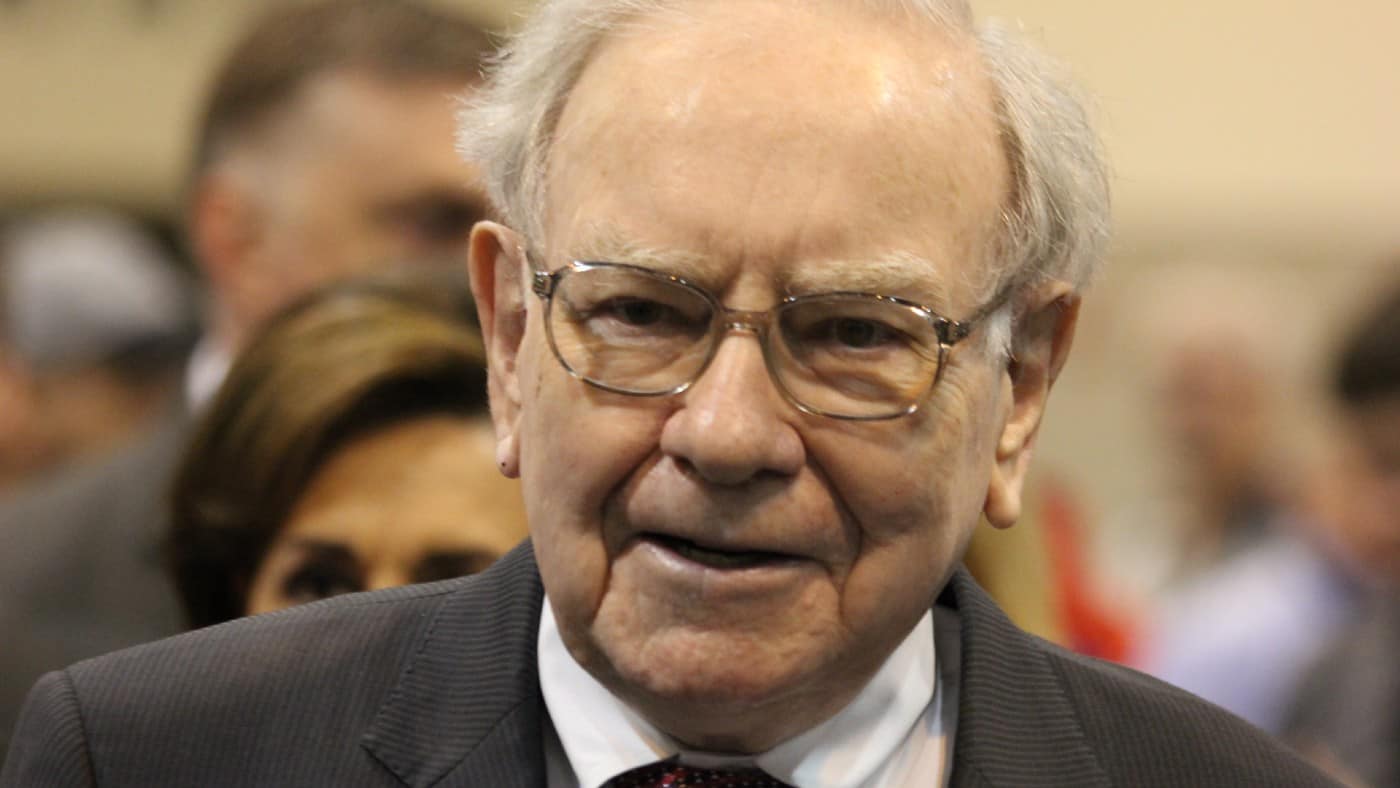Warren Buffett is a billionaire. But as a schoolboy, he carefully counted his pennies. Saving money from a paper round enabled him to make his first move in the stock market.
Few investors begin as young as Buffett. But even starting at a later age with only pennies in the piggy bank, I think applying his method could help build wealth.
Here is how I would go about it if I was starting from zero.
Find a source of capital
It does not necessarily take much money to buy shares – but it takes some. Having no savings is not a bar in this regard. It just means one needs to find some other source of capital to invest.
To do that, I would start putting aside some money to invest on a regular basis. How much would depend on my own financial circumstances… everybody is different.
I would put the money into a share-dealing account, or Stocks and Shares ISA, ready to invest as soon as I saw an opportunity.
Simple, understandable and, hopefully, untouchable
When Buffett invests, it is often in household names like Apple and Coca-Cola.
He is not trying to ferret out unusual opportunities in obscure companies before anyone else hears about them. He keeps things simple, investing in large, established companies with proven business models.
Another principle is investing only in what he understands, something he terms his circle of competence. If I put money into an industry or company I do not understand, it is not investing – merely speculation.
Buffett also emphasises the concept of a good business, being one that has what he terms a ‘moat’.
Like medieval castles, this is something that keeps rivals at bay – and hopefully makes the company’s business almost untouchable, at least for now. Apple’s brand, patented technology and user ecosystem are key examples.
Invest for the long term
With an outlook that spans decades, Buffett is the archetype of a long-term investor.
Why does that approach make sense? Remember, Buffett is buying into what he thinks are great businesses with strong competitive advantages.
If his analysis is right, by hanging onto his shares for a long time, he ought to be able to benefit from the strength of those businesses.
He sometimes sells losers, as with his investment in Tesco around a decade ago that ended up losing hundreds of millions of pounds.
But, as investors say, he often ‘lets his winners run’. In other words, he hangs onto them for the long term.
The power of compounding
Buffett compares a share portfolio to a snowball. As it goes downhill, it picks up more snow (and speed), which in turn attracts even more. In time, size begets size.
By reinvesting his dividends – something called compounding – Buffett has grown his wealth faster than if he had not done so. I can apply the same simple, but powerful, principle to my own investing.








